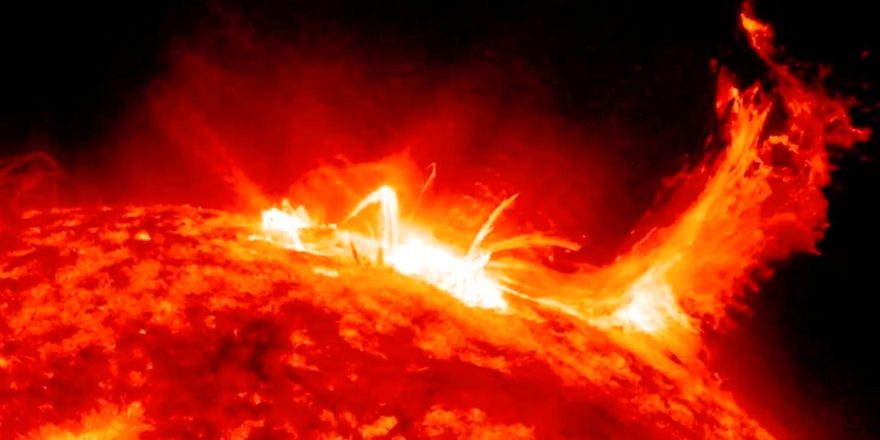Scientists cross-checked solar loops with laws of physics and concluded that not all of them are real. Some are just illusions, projections of light.
A new study says that the most notable feature of the sun, its solar flares, and erupting hot plasma solar loops may be nothing but an illusion. The sun is one of the fascinating celestial objects in the solar system. It formed before all planets, defined its orbits, and shaped environments making some planets too hot for life and others dry, iced, or gas.
NASA, European Space Agency and other space agencies constantly monitor the sun. They keep a close eye on its solar activity. Massive solar eruptions can generate a solar storm that releases high amounts of radioactive energy in the form of solar wind. Recently, NASA’s Parker probe became the first spacecraft to touch the sun. NASA and other agencies continue to create new technologies to discover more about the sun and the universe.
SCREENRANT VIDEO OF THE DAY
Related: Geomagnetic Storm Brings Down 40 Starlink Satellites
A new study published by the American Astronomical Society says that coronal loops, the iconic hot plasma arches that break the sun’s surface, could be illusions. The study ran a 3D simulation model cross-checking the sun’s plasma arches with universal laws such as gravity, scale height, temperature and magnetic forces. It concluded that some arches are just projections. The theory, called the Coronal Veil, reveals that the visual appearance of the sun can be deceiving.
Illusion, A Constant In The Universe
Via American Astronomical Society.
Researchers explained that a solar loop could not be linked to an individual thin strand in many cases. In other cases, the behavior, height, and expansion of a solar loop do not match the laws of physics. The supposedly hot strands of plasma that are illusions can even present themselves as very bright loops. The models showed that this projection could be visible from multiple angles of view.
Cosmic illusions are not uncommon, especially with violent and powerful objects. Einstein’s theories on general relativity predicted irregularities and illusions of space and light. Black holes are known to bend, distort and warp space and time. Scientists have even used black holes’ light illusions as a lens to see what is behind them. The Hubble Space Telescope also leveraged universal irregularities using gravitational forces as a lens to peer deeper into space.
The new study on coronal veils does not only affect the sun but all of the stars in the universe. Supernovas, stars in formation, and massive starbursts are often captured by telescopes creating intimidating and majestic light shows. However, scientists may now be wondering how accurate those events are. Researchers of the study say that their work “forces us to rethink the way we interpret observations of the solar corona.” Next time a solar flare breaks, many scientists will be wondering how much of it is real and how much is just an illusion.
Next: This Image Of The Sun Has 10 Times Better Resolution Than A 4K TV
Source: The Astrophysical Journal
Intel Arc A370M Vs. AMD Radeon RX 6500M: How Do The Two GPUs Compare?






















Recent Comments